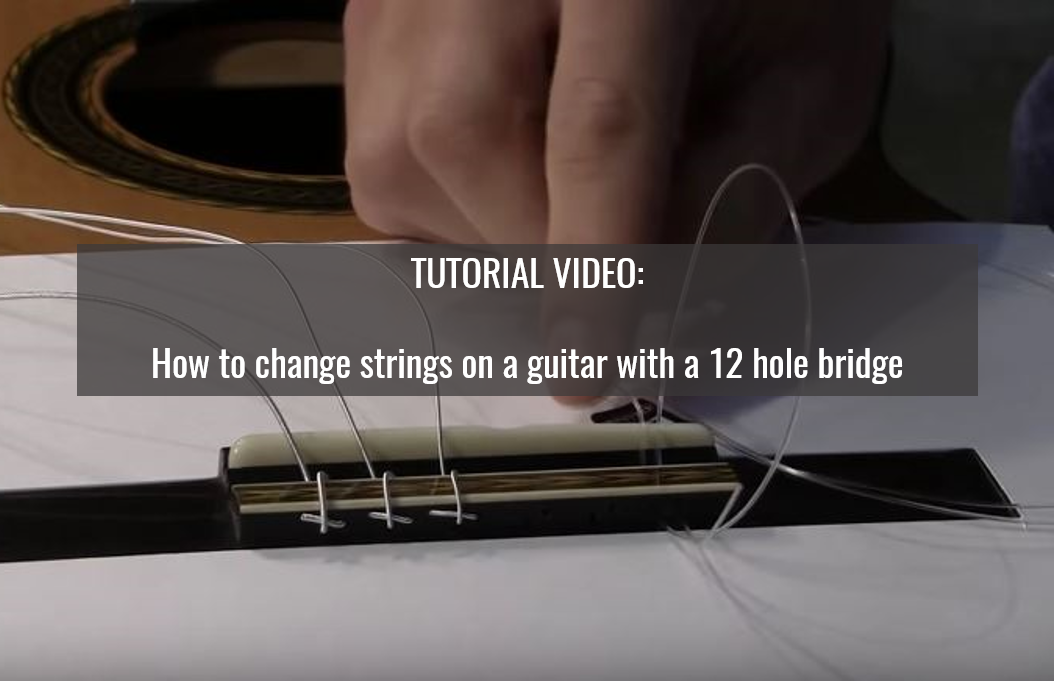Taking Care of Your Instrument
With a quality instrument it is important to understand how to take care of it so it lasts.
Here are some guidelines for taking care of your guitar:
Weather and Humidity
A quality instrument is made of wood, an organic material that reacts to the environment- specifically humidity.
Ideal conditions for the guitar range from 40%-60% relative humidity and comfortable room temperature. If the guitar is exposed to very dry conditions ( lower than 40% r.h.) then we risk cracks on the top/back. On the other extreme, high humidity ( >75% r.h.) will cause swelling and distortion to the top, and begin to deteriorate the glue joints.
Use common sense and avoid extreme conditions. When you are not playing, keep your instrument inside its case in a comfortable setting. Never leave your guitar in your car/trunk on a sunny day, it can cook. Do not leave your guitar in direct sunlight (next to a window) even if its in the case, or next to AC/heaters (they dry the air).
If you live in a place with extreme conditions, please discuss it with me and I will advice you on the best way to take care of it.
French Polish
Your guitar is French Polished shellac, a very thin and delicate organic finish that allows the instrument to be extremely responsive. This polish is made from the secretion of the lac bug in India, and it is purely organic. Like wood, it is susceptible to high humidity and temperature and can get worn down with use. The best way to protect it is to avoid contact with the skin (e.g. play with a long sleeve shirt or a sock on your arm) and for some people it helps to use a towel against their body where the back of the guitar makes contact.
The great news about French Polish is that it is quite easy to touch up and does not require stripping the finish, rather just adding and touching it up.
Cleaning Your Instrument
My best advice to keep your guitar clean is to wash your hands before playing it. This will ensure the guitar neck and strings are clean as well as keep your bass strings alive longer. Nevertheless the guitar may still get dirty from sweat, dust and any other source.
You can gently clean your guitar with a soft cloth or towel. I recommend wiping the neck and strings to remove any dirt/sweat after a playing session. When you change strings, its not a bad idea to wipe down the fingerboard.
Avoid vigorous rubbing, you can scratch the delicate French Polish. If you want to remove smudges, you can use a diluted soap solution (a drop in a cup of water) and very slightly dampen the cloth to wipe the surface.
Never use alcohol to clean the guitar, it will damage the French Polish!
Setup and Action
The setup of the guitar can change over the lifespan of the instrument. The bone on the saddle and nut can get grooved and worn down by the strings, and the frets can get worn down. These things happen over time depending how much the instrument is played, and they are designed to be maintainable or replaced if need be. It is also possible that the guitar settles in and moves slightly which may require adjusting the action.
Travel
Always use a quality case when traveling with the instrument. If flying, do all you can to carry it on the plane. I recommend using a soft case cover over the hard case, usually this improves chances of getting it on the plane.
If you must check a guitar in baggage, I recommend putting the case inside of a box (such as the one it was shipped to you) and padding it well. If you travel often, you should discuss with me sturdier case options designed to be checked into flights.
Insurance
I highly recommend insuring your valuable instrument. There are specialized insurance companies focused on musical instruments, and it can remove a lot of headache should it get damaged or stolen. If you are interested in this, please contact me for more information.
String Tying
You should be very careful when changing strings on your guitar to avoid damage. This can occur while changing the strings and scratching the top, or when a string slips and critically dinging the top. Today I make all my instruments with a 12 hole bridge, and I developed a technique for tying strings on which I am confident will not slip. Please watch this tutorial video on the safest way to change strings:


